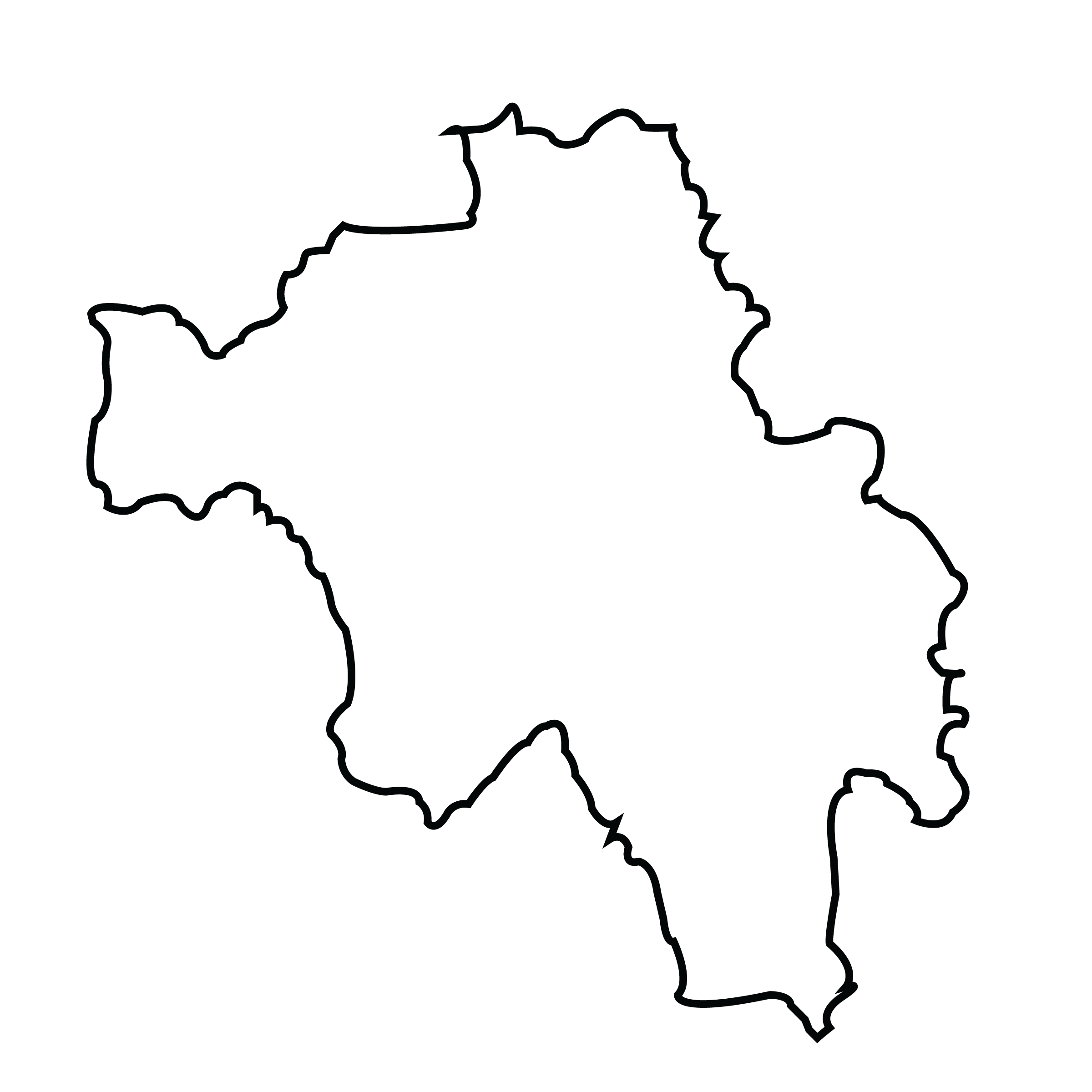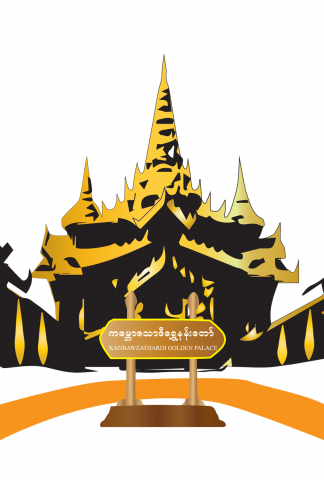Vertical Tabs
Bago Division

Bago Region; formerly Pegu Division and Bago Division) is an administrative region of Burma, located in the southern central part of the country. It is bordered by Magway Region and Mandalay Region to the north; Kayin State, Mon State and the Gulf of Martaban to the east; Yangon Region to the south and Ayeyarwady Region and Rakhine State to the west. It is located between 46°45'N and 19°20'N and 94°35'E and 97°10'E. The total population of Bago Region is 4,863,455 according to 2014 Burma Census with Bamar, Karen, Mon, Chin, Rakhine, Shan, South Asians, Chinese, and Pa-O ethnic groups represented. The majority of the people are Buddhists. Burmese language is the lingua franca.
The division's economy is strongly dependent on the timber trade. Taungoo, in the northern end of the Bago Region, is bordered by mountain ranges, home to teak and other hardwoods. Another natural resource is petroleum. The major crop is rice, which occupies over two-thirds of the available agricultural land. Other major crops include betel nut, sugarcane, maize, groundnut, sesamum, sunflower, beans and pulses, cotton, jute, rubber, tobacco, tapioca, banana, Nipa palm and toddy. Industry includes fisheries, salt, ceramics, sugar, paper, plywood, distilleries, and monosodium glutamate.
The division has a small livestock breeding and fisheries sector, and a small industrial sector. In 2005, it had over 4 million farm animals; nearly 3,000 acres (12 km2) of fish and prawn farms; and about 3000 private factories and about 100 state owned factories. The major tourist sites of the Bago Region can be reached as a day trip from Yangon.
See how the Mary K. Yap Foundation is supporting programs like the "Myanmar Orphans" Project ....Learn more >
Copyright © 2014 - 2026 Mary K. Yap Foundation Inc. All rights reserved.
Designed by WTCMM
Languages
- English

- myanmar


